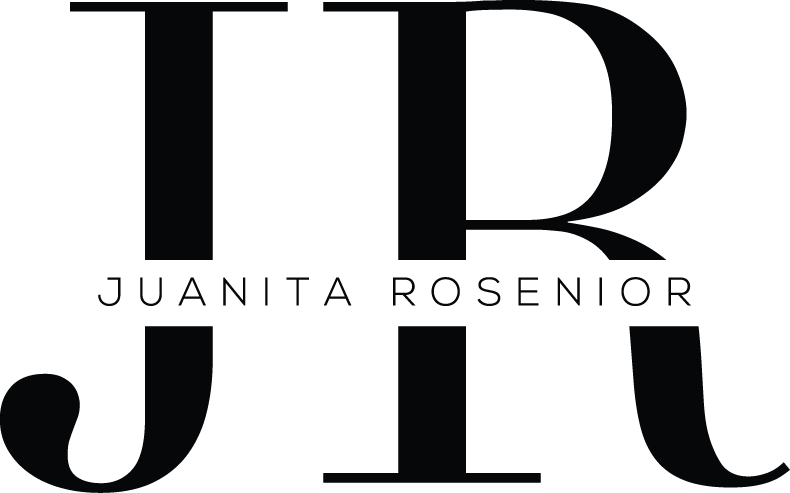
"Wear many hats but design all of them"
- 8 May 2025
- By admin
- 0 Comments
How One Ask Ended at the Royal Albert Hall: How I took a voice note and turned it into a legacy moment on a global stage
9 October 2024 – Voice note
I just found out that Nas is playing in November at the Royal Albert Hall for three Illmatic dates. We need to find a way of contacting somebody so I can get some of these prints signed. I don’t know how we’re going to do it, but it needs to happen.
It was a 31-second voice note. On a random day. From my client Tee Max — a photographer with a breathtaking archive that includes never-before-seen shots of the world’s biggest stars.
They were taken 30 years ago, when we barely knew which way Usher liked to do things (My Way, for those who don’t know), and were only just discovering what a Beyoncé was. It was a 31-second voice note that, really, I should have said no to. My job is to build careers, not open doors for private signings.
But my brain doesn’t work that way. It heard a challenge. And it quickly found a solution: If we were going to make this happen, we had to exhibit at the Royal Albert Hall.
As a business manager, it’s my job to create opportunities. Everything should contribute to a person’s longevity and legacy — we don’t waste time on frivolity. You don’t have to operate like a business, but I believe talent should always look at how their work supports their personal ambitions and bigger picture.
So while I heard, “I want to get my pictures signed,” I saw a chance to create a legacy moment.
I had no contacts at the Royal Albert Hall. What I did have was a clear value proposition:
What could a venue like Royal Albert Hall want that they don’t already have?
Answer: the first-ever public showing of these unseen images.
Within 24 hours, I had a pitch deck. Now I just needed it in the hands of the right people — Nas’ team, or someone at the Hall.
It became a two-pronged mission: Get to Nas, or get inside the Hall.
I don’t like asking for help, but I sucked it up and reached out to a friend who’s worked on some of the UK’s biggest festivals. She said she’d ask around. Weeks later, she messaged to say Nas’ team had agreed to a conversation.
I was on the school run. Parents evening was looming. But I had to move. How could I make this valuable to Nas?
I pitched — and within a couple of days, the gatekeepers said no. It was a blow. I could see the synergy, but the window was too tight. I’ll be honest: it stung. But I always believe in sitting with those uncomfortable feelings. They teach you something.
Meanwhile, I leaned into what I do know:
- Decision-makers are bottlenecks. Find the people with space to spot an opportunity.
- Use LinkedIn.
- Research.
- Ask: who can pitch this on my behalf, if they just saw the work?
I figured out the Royal Albert Hall’s email suffix and shot my shot — again — with the presentation.
Then silence. Again.
But here’s the thing: you have to believe in your work. Tee was resigned. After all, the goal had been Nas. But what he couldn’t yet see was that he was the most important person in this story. This was bigger than Nasir.
Royal Albert Hall is a global heavyweight in its own right. Even one day in that space would elevate Tee’s work in a way few photographers ever experience. I sent a few follow-up emails. Eventually, I secured a meeting. Nas wasn’t going to happen. Too short a turnaround. Too big an investment. But they asked if they could have a full suite of Tee’s images…for his own exhibition.
We’ve just signed the contract.
Tee Max’s work will now be on display in a venue that attracts 1.7 million visitors a year.
Here’s the real win:
This work is iconic and speaks to a moment in British history when Black photographers weren’t given the same access or acknowledgement as their white peers. The artists in these images weren’t always being covered by the mainstream either.
By surfacing Tee’s archive, we’re not just showcasing Black British culture — we’re reinforcing its rightful place within British culture.
I’m grateful to the team at Royal Albert Hall for seeing the vision and understanding the value of this work.
I’m incredibly proud to have brought Tee’s work to two national institutions — Black Cultural Archives and now the Royal Albert Hall.
I never dream for my clients. But I always have hopes for them. And for Tee, it was that his contribution – and his legacy – would be seen and acknowledged.
I’m proud to have played a part in making that happen.
Key Info:
- Exhibition Dates: 31 May to 3 July 2025
- Location: Amphi Corridor, Royal Albert Hall
- Admission: Free
- Open Days: 7 June (with the artist in attendance) and 28 June
- Webpage